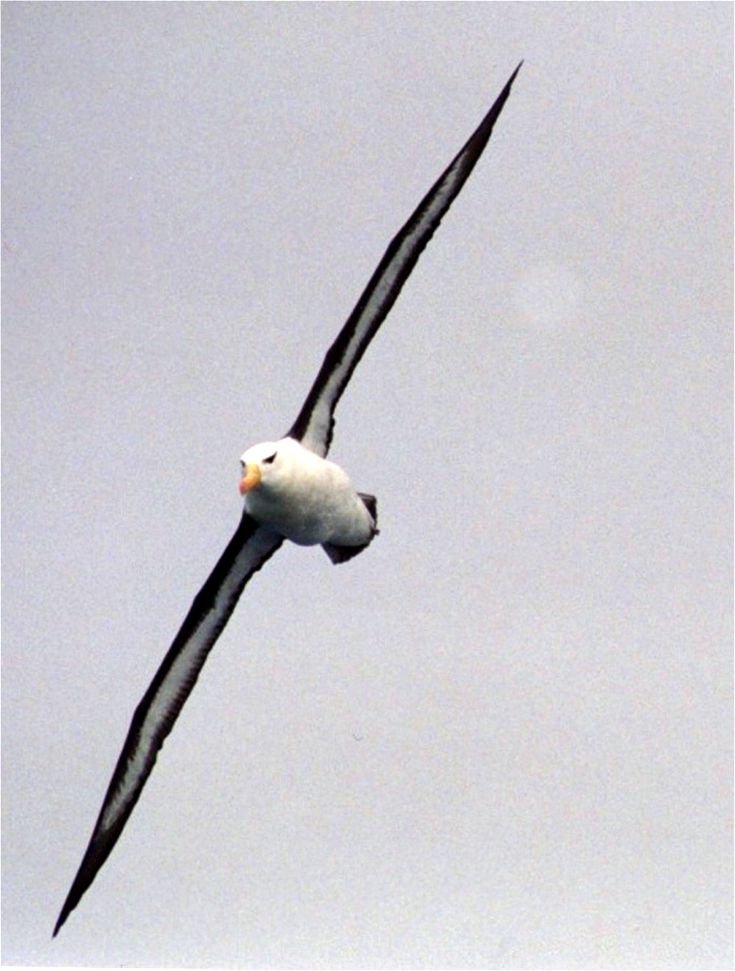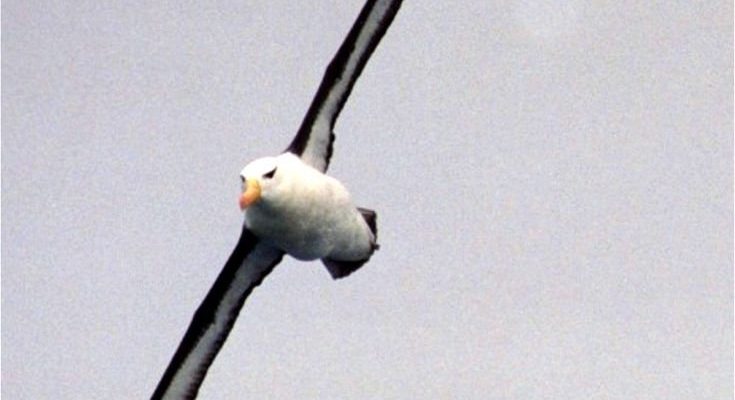
While albatrosses might seem like mysterious creatures, they’re actually quite relatable in many ways. They’re known for their impressive wingspans—some can reach over 10 feet! But behind their majestic flight lies a treasure trove of incredible behaviors and facts. Let’s dive into some of the most common myths and misconceptions surrounding these remarkable birds.
Myth 1: Albatrosses Are Bad Luck
This is probably one of the oldest *myths* associated with the albatross. Many sailors historically believed that spotting an albatross was a sign of impending doom. Ever heard the phrase, “an albatross around your neck”? It refers to a heavy burden or guilt. But honestly, where did this come from? The myth likely stems from Samuel Taylor Coleridge’s poem “The Rime of the Ancient Mariner.” In it, the mariner kills an albatross, which leads to disastrous consequences.
Here’s the truth: albatrosses are not bad luck. They symbolize guidance and endurance in many cultures. In fact, they are skilled navigators, flying thousands of miles over the ocean, often returning to the same nesting sites. So, next time you see one, think of it as a navigator of the sea rather than a bearer of bad news.
Myth 2: Albatrosses Are Lazy Birds
You might be wondering if albatrosses are just hanging around all day, enjoying the breeze. This misconception likely arises from their incredible gliding ability. Albatrosses can soar for hours without flapping their wings, using ocean winds to their advantage. This might look like laziness, but it’s actually a superb adaptation.
These birds are far from lazy; their unique ability to glide allows them to cover vast distances while conserving energy. They can travel thousands of miles between meals, often waiting for the perfect conditions to glide just above the water’s surface in search of food. It’s a remarkable survival skill that helps them thrive in their oceanic environment.
Myth 3: All Albatrosses Are the Same
When people think of albatrosses, they often picture a single type of bird, but the truth is there are over 20 different species of albatrosses! These range from the well-known wandering albatross, recognized for its massive wingspan, to the smaller black-footed albatross. Each species has unique characteristics and adaptations that help them survive in their specific habitats.
For example, the wandering albatross is the largest seabird and is primarily found in the Southern Ocean. Meanwhile, the dainty little Laysan albatross has a more compact size and can often be seen on the North Pacific. So, next time you’re chatting about albatrosses, remember that they aren’t all cut from the same cloth; they’re a diverse group with varying traits that reflect their environments.
Myth 4: Albatrosses Are Poor Parents
Some folks think albatrosses don’t take their parenting duties seriously because they spend a good amount of time at sea. However, albatrosses are remarkably devoted parents. They typically mate for life and share the responsibilities of raising their chicks. After laying a single egg, both parents take turns incubating it for about 11 to 13 weeks, which is quite a commitment!
Once the chick hatches, both parents continue to feed and care for it, often regurgitating food to provide nourishment. Albatross chicks take a long time to fledge—around six months—so you can imagine the intense level of dedication involved. This long-term commitment ensures that the chick has the best chance of survival before venturing out into the vast ocean.
Myth 5: Albatrosses Are Going Extinct
While it’s true that some albatross species are facing threats and declining populations, this doesn’t mean all albatrosses are going extinct. Many of these beautiful birds are actually thriving in certain regions. The main threats they face often come from human activities, such as plastic pollution and fishing practices that inadvertently catch them.
Conservation efforts are in place to help protect albatrosses. Organizations are working to reduce bycatch in fisheries and remove plastic waste from their habitats. By raising awareness about these issues, we can help secure a future for these amazing birds and preserve their environment.
Myth 6: Albatrosses Are Only Found in the Southern Ocean
Sure, the Southern Ocean is famous for its albatross populations, but that’s not the only place you’ll find them. Many species, like the black-footed albatross, can be spotted in the North Pacific. They’re known to follow fishing boats, scavenging for scraps, which is a sight birdwatchers often enjoy.
Albatrosses are incredibly adaptable and can travel vast distances across oceans. They might be spotted in many coastal areas worldwide, showcasing their incredible range. So, while the Southern Ocean may be home to some of the largest populations, don’t limit your search for albatrosses to just one region.
Myth 7: Albatrosses Don’t Have Any Natural Predators
It’s easy to assume that such massive birds don’t have to worry about predators. However, albatrosses face threats from various animals, especially during the nesting season. On land, their eggs and chicks are vulnerable to predators like rats, mice, and even seagulls. This is especially true on islands where introduced species have disrupted the ecosystem.
While adult albatrosses are pretty safe at sea, they can still encounter danger from large sharks or even other seabirds during their vulnerable moments. Thus, their unique nesting behaviors and colony formations are critical strategies to protect their young from potential threats.
So, what have we learned about the albatross? They’re not symbols of bad luck or lazy birds; rather, they’re dedicated parents and skilled navigators facing modern threats. They come in various species, each with unique traits, and they can be found in more places than you might think.
By challenging these common myths, we can foster a greater appreciation for these magnificent birds. Understanding them helps us ensure their survival for future generations to appreciate. So, next time you spot an albatross soaring over the ocean, take a moment to celebrate the beauty and complexity of these incredible creatures. You might even find yourself inspired by their journey across the skies!

